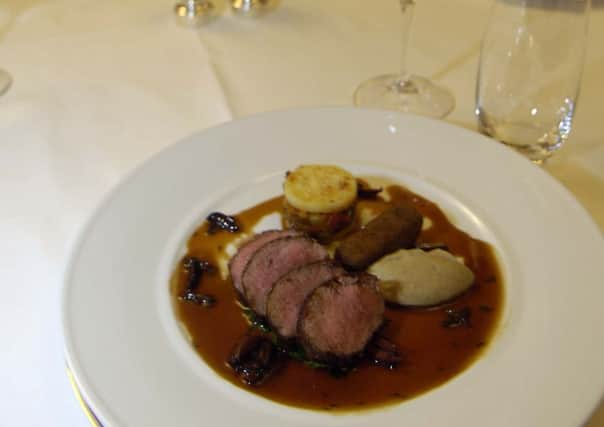Stephen Jardine: Is there an appetite for so many eateries?


The past year has brought more than 150 openings, a 15 per cent increase on last year.
In other words, a new restaurant opened its doors every couple of days. On paper that should be good news, a sign of a healthy economy and consumers increasingly eager to eat well.
Advertisement
Hide AdAdvertisement
Hide AdBut having more Michelin-starred restaurants than any city outside London alerted the corporate restaurant bean counters to the opportunities in Edinburgh. The end result is an unprecedented rush to open major chains.
This year alone will see London brands STK Rebel, Dishoom and The Big Easy descend on St Andrew Square, while Cote Brasserie arrives from south of the Border and opens on Frederick Street. Earlier this year, London burger chain Byron opened on North Bridge, with another branch coming soon to Lothian Road.
All this is good for consumers, with more choice than ever and a plethora of promotions and offers. But what are the long-term implications?
In a city as small as Edinburgh, the number of places to eat out is starting to reach saturation point unless the population soars. According to figures from Edinburgh City Council for the last year available, the population increased by just 1 per cent to 487,500 in 2014.
Even with rising visitor numbers, new restaurant openings on this scale have a knock-on effect with restaurant closures.
Given a level playing field, success and failure is decided by who provides the best food in the nicest surroundings, but the big brands change all that. With national marketing budgets and purchasing muscle that allows them to drive down costs and increase food margins, they are at a distinct advantage when up against local restaurants.
With the big boys, if business is slow in one location, others in the chain can pick up the slack. But for local operators, there is still hope.
It’s a couple of years since Jamie Oliver opened his Italian restaurant at the Assembly Rooms but the impact on nearby pizzerias and pasta restaurants has been minimal.
Advertisement
Hide AdAdvertisement
Hide AdAt a time when our national sense of self has never been stronger, it may also be that consciously or unconsciously we prefer local and will intrinsically support homegrown businesses.
Then there is the issue of appetite. Edinburgh’s population growth has been steady in recent years but projections suggest by 2037 it will have increased by 28 per cent compared to just 8 per cent across the rest of Scotland. All those new people will want to eat out at least occasionally so in the long term, the restaurant landscape may be just what the city needs – so long as it doesn’t claim too many casualties in the short term.